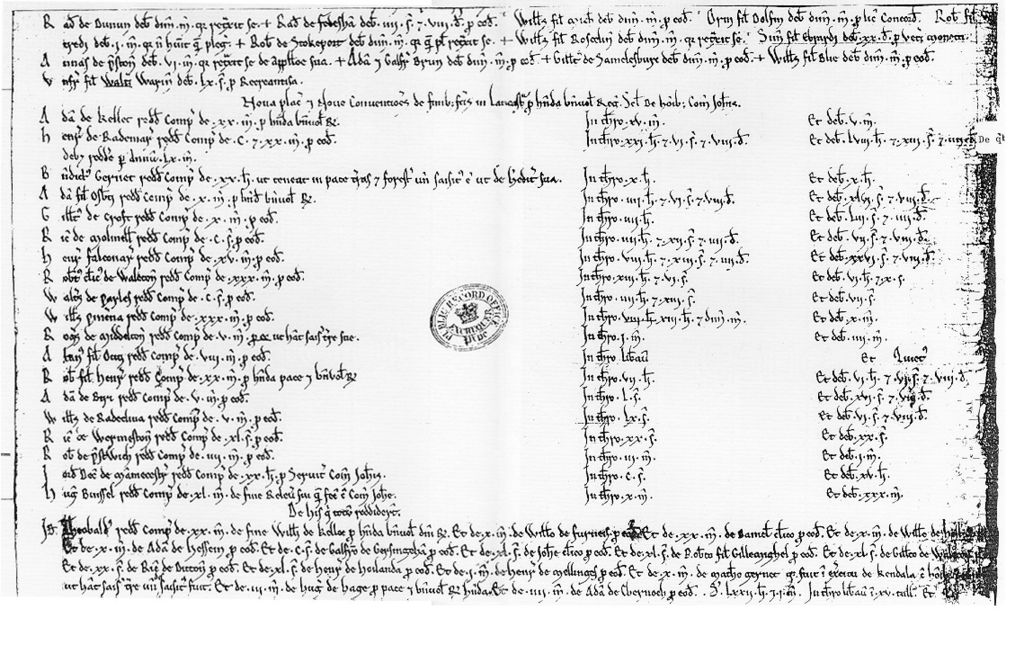
Learning and using Medieval Latin together-with online support. The example of medieval sources on social relations.
Latin of the Middle Ages was the dominant language of written administration, correspondence, science, law, and literature in European contexts over long periods of time. Latin proved to be adaptive: highly creative, adapting an older language to current circumstances. Although different in different parts of Europe and influenced by the surrounding languages, it follows its own dynamics that justify dealing with Medieval Latin-sometimes referred to as Ecclesiastical Latin-separately.
The course has the ambitious objective of imparting knowledge of Medieval Latin in only one semester. This is to be understood explicitly as an experiment and a test of a didactic concept. Therefore, a willingness to study diligently and to study a language system in depth is required. The learning material will be available online. Therefore, the willingness to work independently with online materials is also required. Prior knowledge of Latin is helpful, but not a prerequisite for participation. Without knowledge of a Romance language, the language system is likely to seem fairly inaccessible.
Selected source material is used to apply what has been learned.
The literature is compiled collectively, for this purpose visits to the libraries, for example in Berlin Mitte, are indispensable. The important dictionaries are freely available online. The standard work should still be: Charles du Fresne, sieur Du Cange, et al, Glossarium mediæ et infimæ latinitatis. Niort : L. Favre, 1883-1887 (available online at http://ducange.enc.sorbonne.fr/).
For a first introduction to the history and culture of the Middle Ages, the following section is highly recommended. The volume is available free of charge as an eBook via the university library: Introduction, in Wim Blockmans, Peter Hoppenbrouwers: Introduction to Medieval Europe 300–1500, London, New York, Milton 2018, pp. 1-12.
- Kursverantwortliche/r: Dr. Joern Roland Christophersen